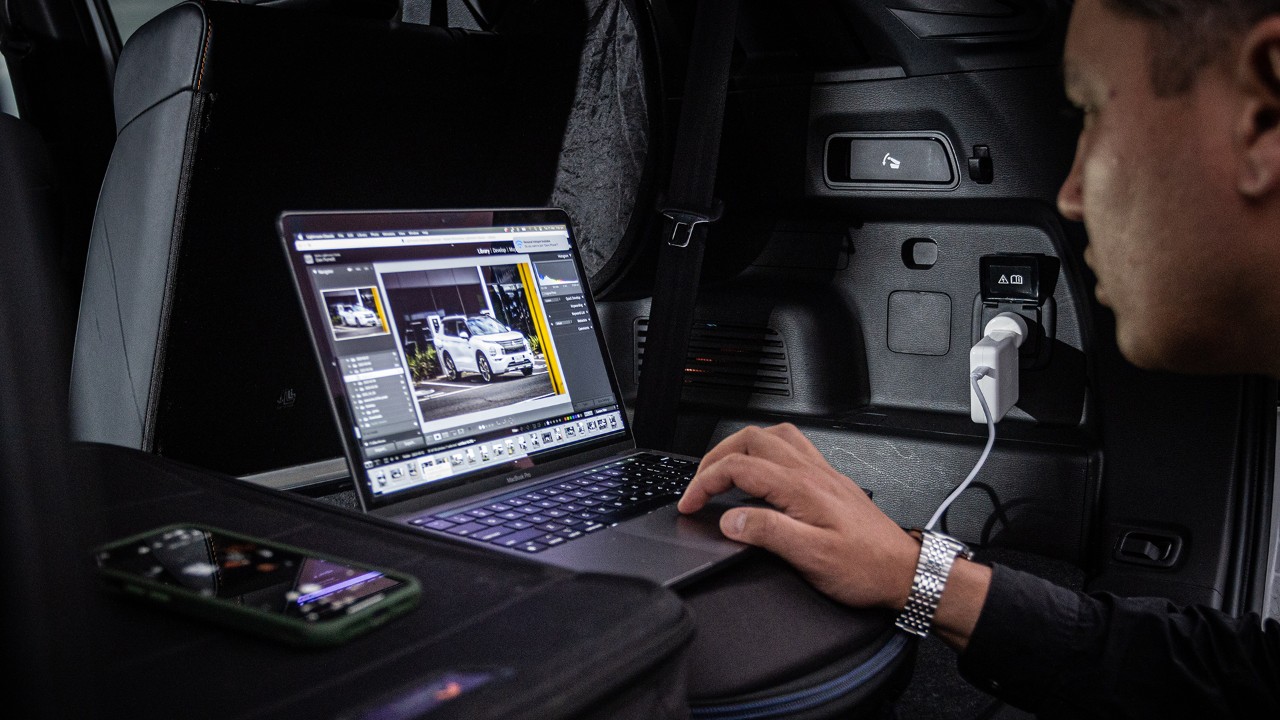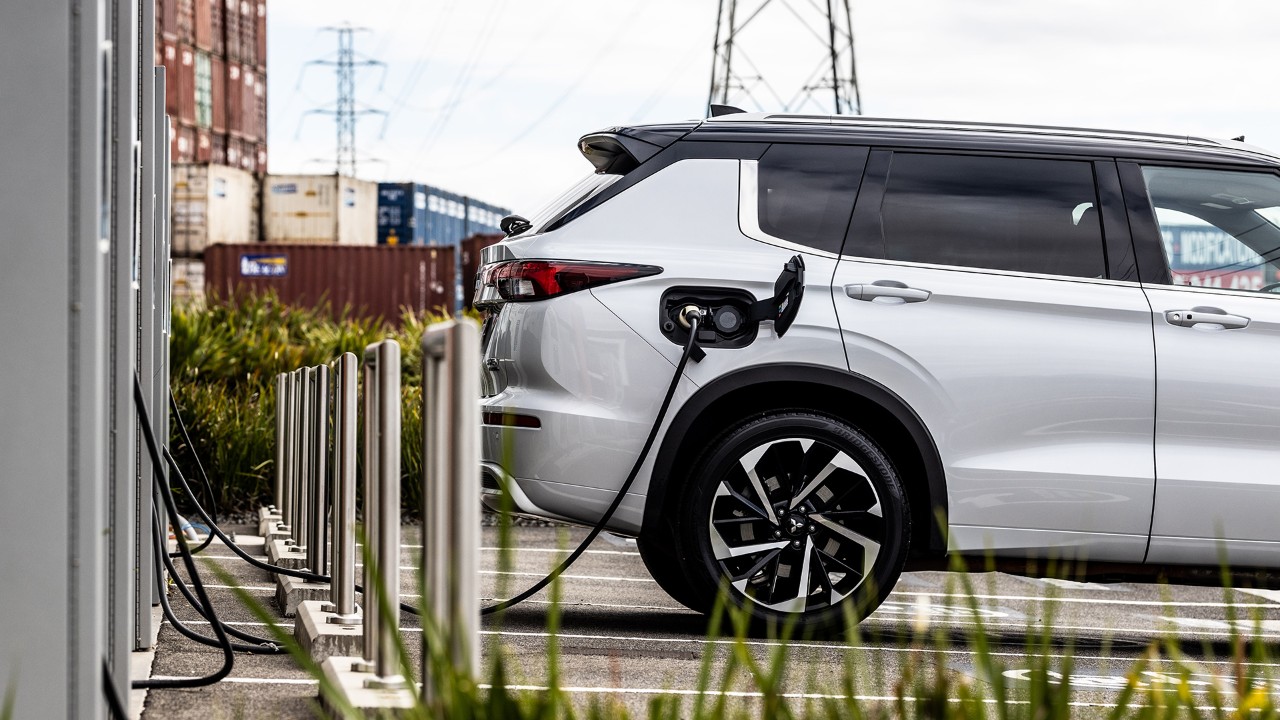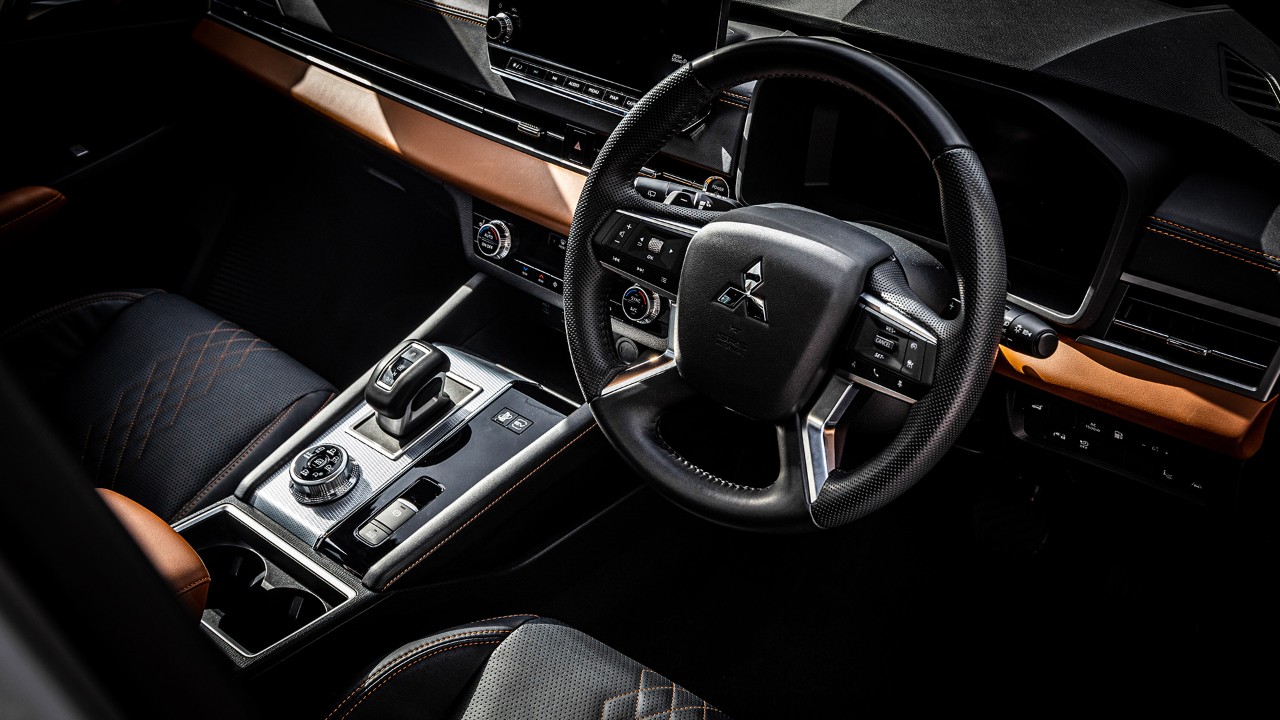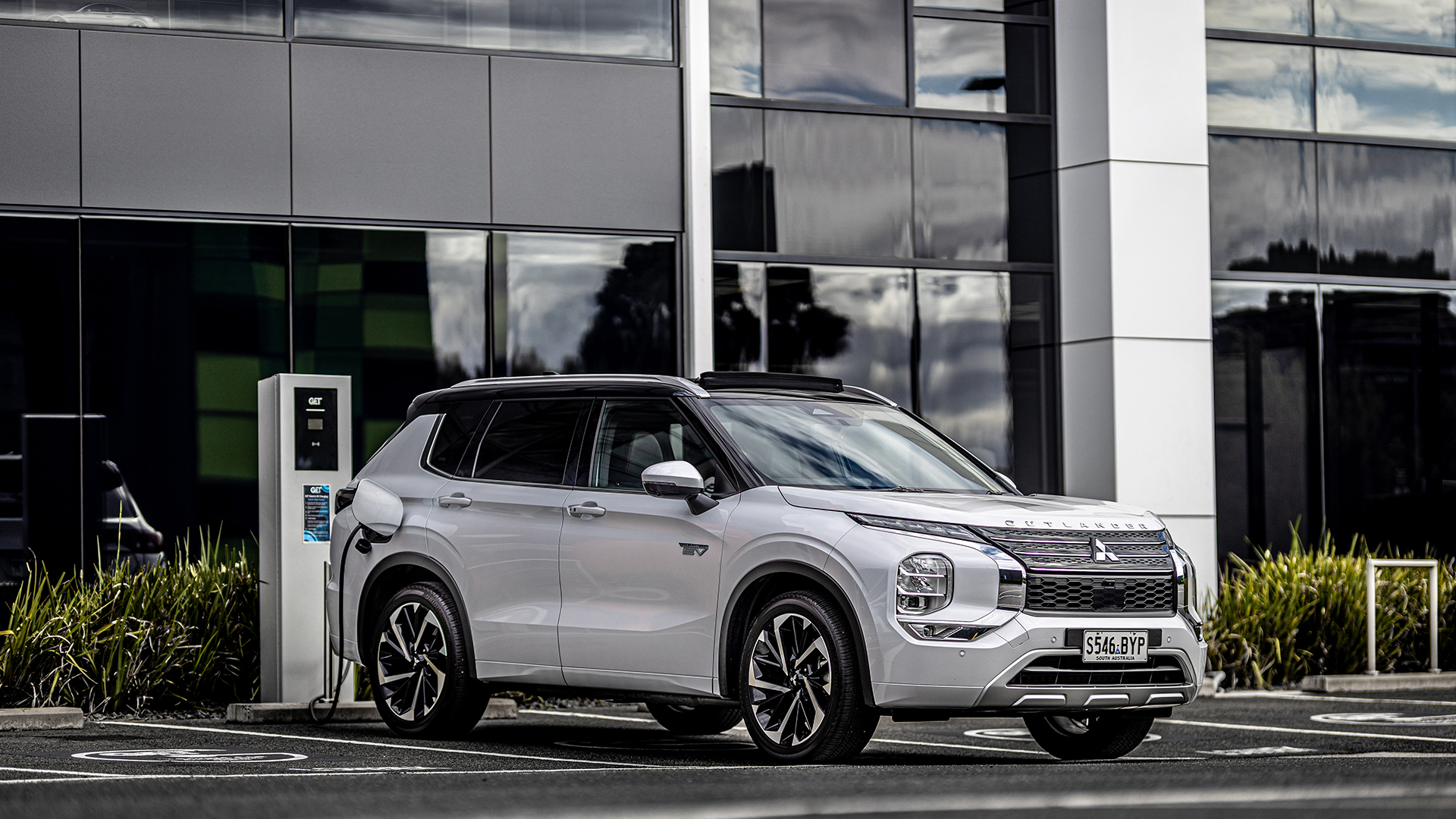When it comes to clean, renewable energy, Australia is blessed with the most obvious source - the power of the sun - and with plug-in hybrid technology, you can use it to power your car.
Tech that drives a better future
If you own a car, you’ve no doubt watched in horror as fuel prices climb to new highs. In what might have felt like a coordinated, strategic attack on your hip pocket, energy prices have also been entering uncharted territory. For those willing to think outside the box, however, there are options to future-proof your lifestyle and bring living costs down.
Ned Ekins-Daukes, an associate professor in the School of Photovoltaic and Renewable Energy Engineering at the University of New South Wales, says options all boil down – or up, as it were – to that giant ball of hydrogen and helium above our heads.
“Sunshine beats down every day on the planet – it’s a very predictable source of energy,” he says. “Occasionally clouds block it, but it never actually goes to zero; there’s always light. And if there’s light, we can do something with it.”
That “something” is using solar photovoltaic panels that convert sunlight – even cloudy light – into clean, renewable electricity, giving people the potential to reduce their energy bills to a big, round zero.

“If you look at the roof of a suburban house, the cost to cover them with solar panels has gone down significantly in the last few years, and you can now do it for around $5,000 to $6,000,” Ekins-Daukes says.
“It all depends on things like the weather and how much energy you use, but over the year, you will be pretty close to generating all the electricity you need via a solar system.”
Ekins-Daukes also believes that using electric vehicles (EVs), including plug-in hybrid electric vehicles (PHEVs), and powering them with solar energy, is a no-brainer for those who want to slash their fuel and energy costs, while doing the planet a favour at the same time.
“If I plug a PHEV into a standard socket [and don’t have solar panels], I’m going to be drawing from coal-powered electricity,” he says. “There is an environmental benefit, but it’s marginal, whereas if I’ve got solar panels on my roof, then that’s clean energy.
“The cost of petrol has just come screaming up because of global events – it costs around $80 to fill up your tank with petrol, depending on the size of our car – but if you can connect your solar panels with your electric vehicle, then you’re going to have this really, really cheap and really clean source of electricity.”

Ross De Rango, the head of energy and infrastructure at the Electric Vehicle Council, is another advocate for the combination of solar energy and EVs, and believes PHEVs are an excellent option for Australians looking to electrify their transport.
“PHEVs sit in that middle ground between pure internal combustion and pure battery electric,” he says. “The advantage of the PHEV is that you are able to charge it from an electrical source in your home, and you are also able to use the petrol engine if you’re doing long-distance driving, or if you’re towing heavy loads.
“You’ll use less petrol because they’re more efficient, and you can also charge it from your solar panels.”
De Rango drives a Mitsubishi Outlander PHEV and has a solar system installed at his home. He says using both has significantly lowered his living costs.
“Electricity going into my car, from my solar panels, costs about 54c to fill up the battery, which equates to about $1.35 for 100km of driving range”, he says.
“If I’m not home during the day, I charge my car from grid electricity overnight, and pay about 20c per kWh, which works out to about $5 per 100km. I avoid peak time for PHEV charging when electricity is more expensive.”

A new Mitsubishi Outlander Plug-in Hybrid EV offers an electric-only battery range of up to 84km, which is more than enough for De Rango’s day-to-day driving around Melbourne – to work, school and shops – with fuel only really needed for trips further afield.
“On longer drives, I use petrol, and typically get about 7 litres per 100km,” he says. “With petrol at $1.80 per litre, this amounts to about $12.60 per 100km, which is fantastic.
“Obviously if you are at home during the day and you’re able to charge your car with excess solar, putting that energy into your vehicle is the cheapest vehicle fuel you are going to find anywhere.
“Going from petrol to electricity generates you massive savings.”
With PHEVs and solar now more accessible than ever, the answer to cutting rising living costs may have been burning brightly above our heads the entire time.
Explore the Outlander Plug-in Hybrid EV.
Originally produced content by Guardian Labs Australia to a brief agreed with and paid for by Mitsubishi Motors Australia.
